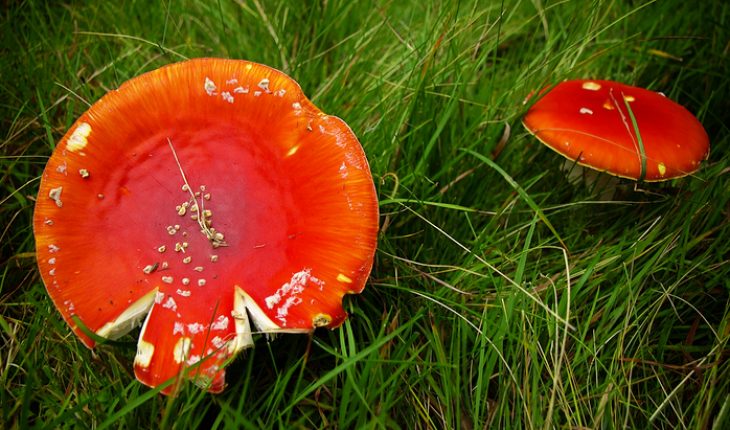
Fungi have existed inside our bodies for millennia, usually staying at low enough levels to cause no harm. Candida albicans normally exists harmlessly within our guts. However, under certain situations, it may proliferate to result in oral or genital thrush, as well as for many people with compromised immune systems, such as transplant patients, Candida albicans can survive in the bloodstream resulting in life-threatening systemic conditions. So it is vital that you see how this fungus survives inside having a view to developing ways to tip the total amount back in favour from the hospitalised patient.
What we have discovered within our latest research, funded through the European, Medical, and Biotechnology and Biological Sciences Research Councils, is this fact fungus is really a moving target for the immune defences. It is very good at adjusting to the environments within us and, through evolution, it has developed new methods to avoid being detected. Essentially, the fungus is constantly playing a game of hide-and-seek with our immune system. Our findings have been published anyway Microbiology.
Candida does this by recognising the existence of normal chemicals in our body, such as lactic acid. These signals cause the fungus to alter its cell surface in a manner that masks it’s presence thereby making it tougher for our immune cells to do their job of recognising and killing the invading fungal cells. Candida albicans cells are surrounded by a cell wall made up of a layer of beta-glucan surrounded by hairy mannan fibrils. Beta-glucan is among several Pathogen-Associated Molecular Patterns (PAMPs) that our immune system uses to recognise fungal cells before attacking them. What we should found is that, when Candida cells detect lactic acid, they activate a particular signalling pathway that creates towards the masking of beta-glucan in their cell surface, thereby making it more difficult for immune cells to determine them.
In principle, now that we've identified the way in which this fungus masks its presence, we may manage to find ways to stop this happening, helping the patient’s own immune system to pay off the problem. We are not saying that this will be a treatment by itself, however in the near future, it might be a useful accessory for the anti-fungal therapies which are already available.
We didn’t begin about this research programme looking to discover that Candida could change its cell surfaces to avert being detected. Actually, we happened across this finding when we were taking a look at how fungal cells behave when they're grown in different environments. But we've a new understanding about the way the fungus behaves inside ourselves. If we could block this behaviour we may be able to tip, within our favour, the total amount between the fungus trying to colonise us and us attempting to clear it from your bodies.
With the aid of our partners in the Radboud University in Nijmegen, the Netherlands, we're now starting to define how these discoveries, which were made under well-defined laboratory conditions, relate to infections in tangible patients.

